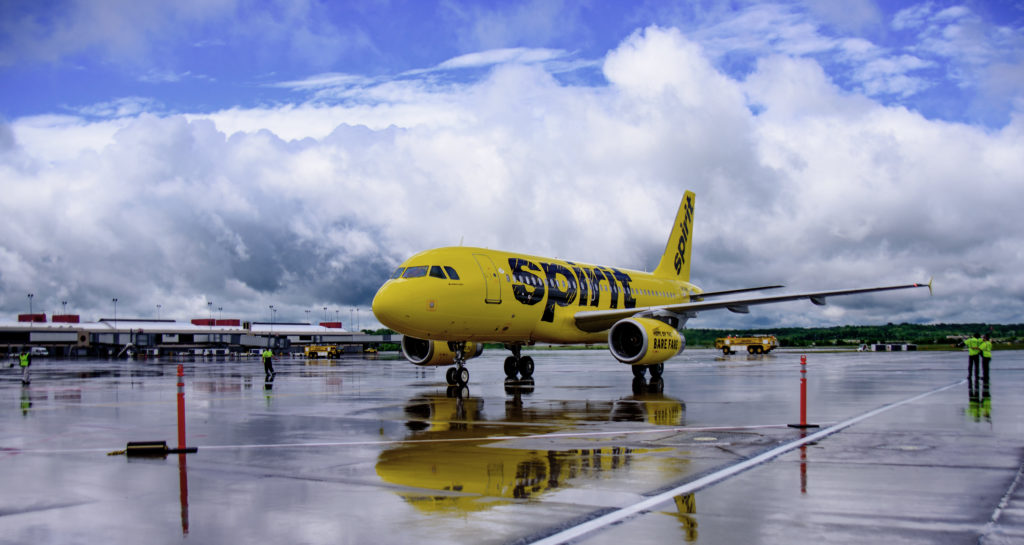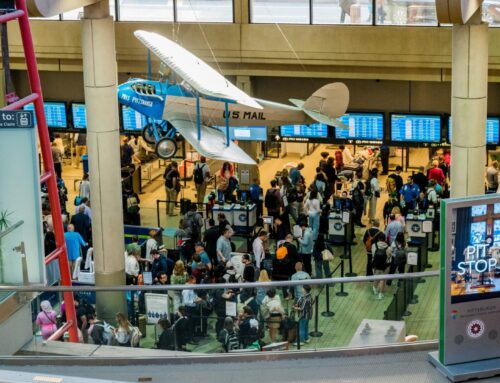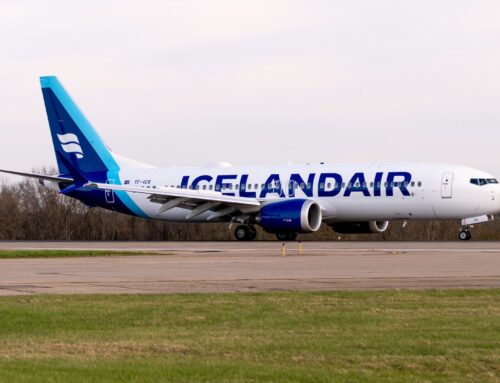How to Save Money on Ultra-Low Cost Carriers
Do your homework: Spirit, Allegiant, Frontier focus on affordability for savvy travelers
By Jesse Geleynse
Published May 20, 2019
Read Time: 3 mins
Sitting at the gate Monday waiting for his Allegiant flight to Knoxville, Tennessee, Natta Pat knows how to save a buck by packing light when flying an ultra-low cost carrier.
“Because I (typically) fly only on weekends, I only have my backpack, so I only pay for that, which makes it very affordable and easier to visit my family,” said Pat, 29, a University of Tennessee student. “I only fly from Pittsburgh to Knoxville to visit my family, and (Allegiant) is much cheaper than other airlines, so I mainly use it.”
The country’s largest ultra-low cost carriers, or ULCCs – Spirit, Allegiant and Frontier – all fly from Pittsburgh International Airport, one of only 18 airports nationwide that can make that claim.
Veteran passengers typically know how to save most cash through the carriers’ a-la-carte pricing model, which is different than traditional legacy carriers. That means the base fare is typically lower and customers can opt to pay more for the amenities they want to include.
Many passengers have come to expect things like carry-on bags, advance seat selection and snack and beverage service included in base fares. ULCCs remove those offerings in order to keep fares as low as possible.
“We are incredibly transparent on our website about what your base fare will include and what it will not, and what you need to add,” said Spirit spokesman Derek Dombrowski. “We feel like we do a really good job ahead of time getting our guests or our potential guests to understand what they’re being offered and how much they can save based on what they’re being offered.”
ULCCs don’t make any pretense about their goal of targeting leisure travelers as opposed to the business crowd, which is demonstrated in both their route selection and the pricing model.

The country’s largest ultra-low cost carriers, Spirit, Allegiant and Frontier, all fly from Pittsburgh International Airport. (Photo by Beth Hollerich)
Want to check a bag or bring a carry-on for the overhead bin? Both will cost you. Print your boarding pass at home or use your phone to avoid extra charges. Do you need a window seat? You will have to pay extra to reserve that. But if you can fit everything into a small backpack and don’t care where you sit, the ULCC path might be right for you.
ULCCs suggest customers book on their specific websites to ensure they understand exactly what they’re getting – and what they aren’t.
“We really are focused on people who are going on vacation and spending their own money,” Allegiant spokeswoman Kim Schaefer said. “(Vacationers) would rather save on their airfare so that they can spend that money on additional opportunities to enjoy their vacation destination.”
ULCCs are not a new concept, but they have experienced substantial growth in the past two decades. For example, in June 2009, Allegiant was in 71 cities and flew 125 routes. Today the airline is in 122 cities and boasts 450 routes. And Spirit now has 75 destinations in 16 countries throughout North and South America.
Both Schaefer and Dombrowski anticipate that legacy carriers will move toward an a-la-carte model similar to what ULCCs have pioneered. Many airlines now charge for checked bags, for example, with Southwest being an exception.
“There will always be folks that want first-class everything … and there are always going to be people for whom flying in an airplane is the same for them regardless,” Schaefer said. “They want to get somewhere they’re going. I think there will continue to be opportunities for travelers in every segment of the market.”
Spirit, Allegiant and Frontier are growing and now make up nearly 11.5 percent of total passengers at Pittsburgh International Airport. Spirit carries the most passengers out of the three, with 7.1 percent of the local market share through April.
Allegiant most recently launched the Knoxville service as its newest route from PIT last week, connecting people to the Great Smoky Mountains, Gatlinburg and other attractions.
“I think that we continue to look at Pittsburgh as an opportunity for us to continue to grow throughout our network, connect dots and continue to thrive as a company,” Dombrowski said.
Staff writer Noah Moore contributed to this story.






